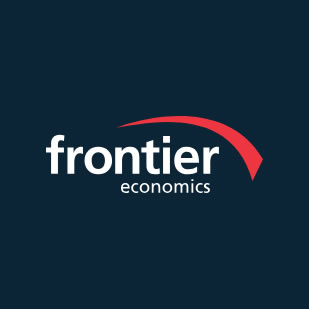This week the Productivity Commission’s (the Commission’s) inquiry into the Economic Regulation of Airports was released. As expected, the Commission has continued with the view presented in its draft report that Australia’s major capital city airports have market power but are not exercising it. This puts the Commission at odds with the expressed positions of the ACCC, Grattan Institute and numerous other well-regarded economists.
Part of the reason for these differing positions may be explained by looking at the framework the Commission has adopted in the inquiry and the difficulties the Commission found itself in because of this.
Before diving into the details it is worth considering the parable of the elephant and the blind men.
A group of blind men heard that a strange animal, called an elephant, had been brought to the town, but none of them were aware of its shape and form. Out of curiosity, they said: "We must inspect and know it by touch, of which we are capable". So, they sought it out, and when they found it they groped about it. In the case of the first person, whose hand landed on the trunk, said "This being is like a thick snake". For another one whose hand reached its ear, it seemed like a kind of fan. As for another person, whose hand was upon its leg, said, the elephant is a pillar like a tree-trunk. The blind man who placed his hand upon its side said the elephant, "is a wall". Another who felt its tail, described it as a rope. The last felt its tusk, stating the elephant is that which is hard, smooth and like a spear.
The parable of the blind men and the elephant eloquently describes the problems of partial analysis when what is required is analysis of the whole. It seems a particularly apt description of what happens with the Commission’s regular inquiries into the economic regulation of Australia’s airports.
The Commission acknowledges that Australia’s major capital city airports have market power, but its framework for assessing whether this power is being exercised seems merely to grasp at different parts of the elephant.
The Commission’s approach to the assessment of airport performance is to consider the various service offerings provided to different user groups – airlines (runways and terminals), retailers (retail space in terminals), passengers (car parking) and others requiring landside access, such as taxis, buses and car rental operators. Analysing each element separately misses the important links between them, and as the blind men would attest, it is far harder to assess each element of the elephant than the elephant as whole. We should not be surprised that analyses that focus on whether market power has been exercised in one of a number of related services runs the Commission into one dead end after another. Only the most egregious of exercises of market power could be detected under the Commission’s framework.
Consider the consumers’ bugbear – the price of airport parking. The Commission twists and turns to justify the charges. It compares prices at the airport with other high value locations like CBDs and sports stadiums that are nothing like an airport. It also suggests that prices are high to reflect the “opportunity costs” of the land – the possibility that, if prices are not high enough, the land could be turned to alternative uses. But might these also be uses from which the airport can extract the benefits from downstream market power? The Commission also identifies no evidence of under-investment in car parking – which it fears could raise charges by “intentionally restricting the supply of car parking to obtain scarcity rents...” But why an airport would bother under-investing to generate scarcity rents when it could just set the monopoly price directly?
Similar problems emerge when considering other landside service charges – is $4.50 per taxi too high? What about concession charges for car rental operators, which contribute $92 to the average car rental at Sydney? Unlike car parking, here the Commission rejects evidence that compares charges at airport with non-airport locations. Now the comparisons are not “apples with apples”.
When it comes to airlines, the Commission is resolute in its views that airlines exercise countervailing power to keep aeronautical charges down. Although airlines have demonstrated that reducing services invariably harms an airline more than an airport (because they make more per passenger on each flight than does an airport), the Commission now concludes that by simply not agreeing with airports on charges, they may exercise countervailing power. Quite how leaving airport users with no recourse meets the main objective of the light-handed regime – facilitating commercial negotiations – is unexplained.
Ultimately, what is lacking here is a total view of the elephant.
In our view, a better approach would have been to recognise the inter-relationships between the services that the airports offer, and assess the airports returns across all of their aeronautical-related activities. It would provide a much simpler benchmark for performance. However, it is an approach that the Commission rejects, because it would not show whether profits could be attributed to the exercise of market power in aeronautical services specifically. Is it a snake, a wall, or a fan?
The Federal Government is now considering the Commission’s report before it decides on the appropriate form and function of airport economic regulation. One hopes they will be able to see beyond the blind men’s assessment of the elephant.
Frontier Economics advises a range of airport users, including A4ANZ, Qantas and AFIA.
For more information, contact us.
